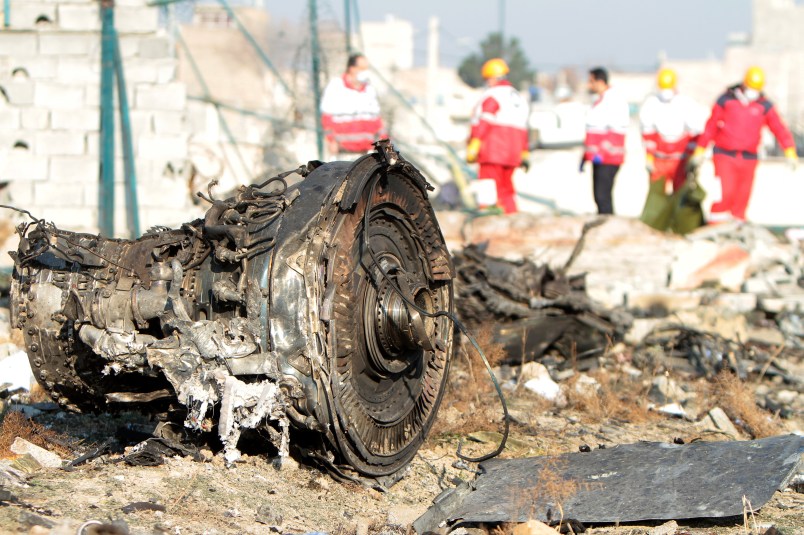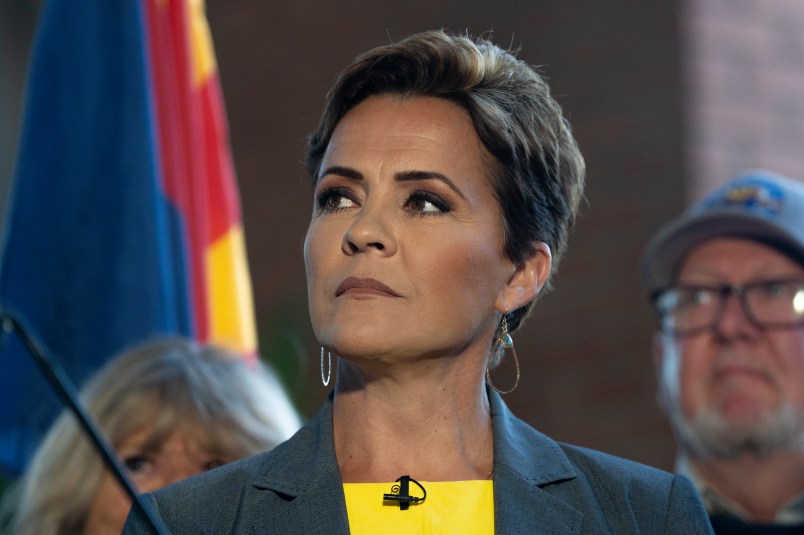A few minutes after 6 a.m. Tehran time Wednesday, Ukraine International Flight 752 took off from Tehran Imam Khomeini International Airport.
Within 10 minutes, the plane had exploded in midair and crashed into a field, killing all 167 passengers and nine crew on board. Some experts have pointed to possible foul play, but details are still emerging.
The tragedy added to a turbulent time in Iran: On Friday, the United States killed the country’s most famous military commander, Qassem Soleimani. On Tuesday, 56 people were killed in a stampede as the commander’s casket was carried in a funeral procession. A few hours later, Iran fired missiles that struck two American bases in Iraq, killing none.
When the plane crashed within hours of those strikes, rumors swirled — was the crash related to escalating Iran-U.S. tensions? So far, no evidence has emerged to support that.
Still, several aviation experts have pointed to possible foul play.
Jeff Guzzetti, former accident investigation chief at the Federal Aviation Administration, told the Washington Post the crash had “all the earmarks of an intentional act.”
“That is the wreckage of an explosion in the air,” former Department of Transportation inspector general Mary Schiavo told USA Today. “Something happened to blow that plane out of the air. Statistically speaking, that’s a missile or a bomb.”
According to public data, flight 752 stopped transmitting radar data just more than three minutes after taking off, and just after reaching an altitude of 7,500 feet. Iran’s state news agency shared a video that it claimed showed the plane breaking up in fiery streaks before eventually crashing in even more flames.
The crash site, miles northwest of where the plane was when it stopped transmitting radar data, suggests that it banked northwest, The New York Times reported.
The plane, a Boeing 737-800, was manufactured in the United States. Typically, that would mean the National Transportation Safety Board would play a role in the crash investigation, along with Iran and Ukraine.
But Iran’s top civil air official said the United States wouldn’t be granted access to the plane’s “black box,” which was recovered after the crash and likely holds vital information about the plane’s final seconds.
“We will not give the black box to the manufacturer and the Americans,” the official, Ali Abedzadeh, said. “This accident will be investigated by Iran’s aviation organization but the Ukrainians can also be present.”
A spokesperson for the NTSB told the Times that the agency “is working with the State Department and other agencies to determine the best course of action.”
Tallies of passengers’ nationalities varied, suggesting some were dual citizens. In all counts, the plurality of the deceased were Iranian. Ukraine’s minister of foreign affairs counted 63 Canadians aboard the flight. Others on board included citizens of Ukraine, Sweden, Afghanistan, Germany and the United Kingdom. One hundred and thirty-eight people on board the flight were on their way to Canada, Canadian Prime Minister Justin Trudeau said Wednesday.
Soon after the crash, according to multiple reports, the Ukrainian embassy in Iran released a statement ruling out terrorism as the cause of the crash. Later, it took the statement down and said “any statements about the causes of the accident before the decision of the commission are not official.”










